Best Winter Golf Balls 2025
There are a number of factors to ponder when choosing the best golf ball for cold weather. We explain what to consider and suggest some of the best options

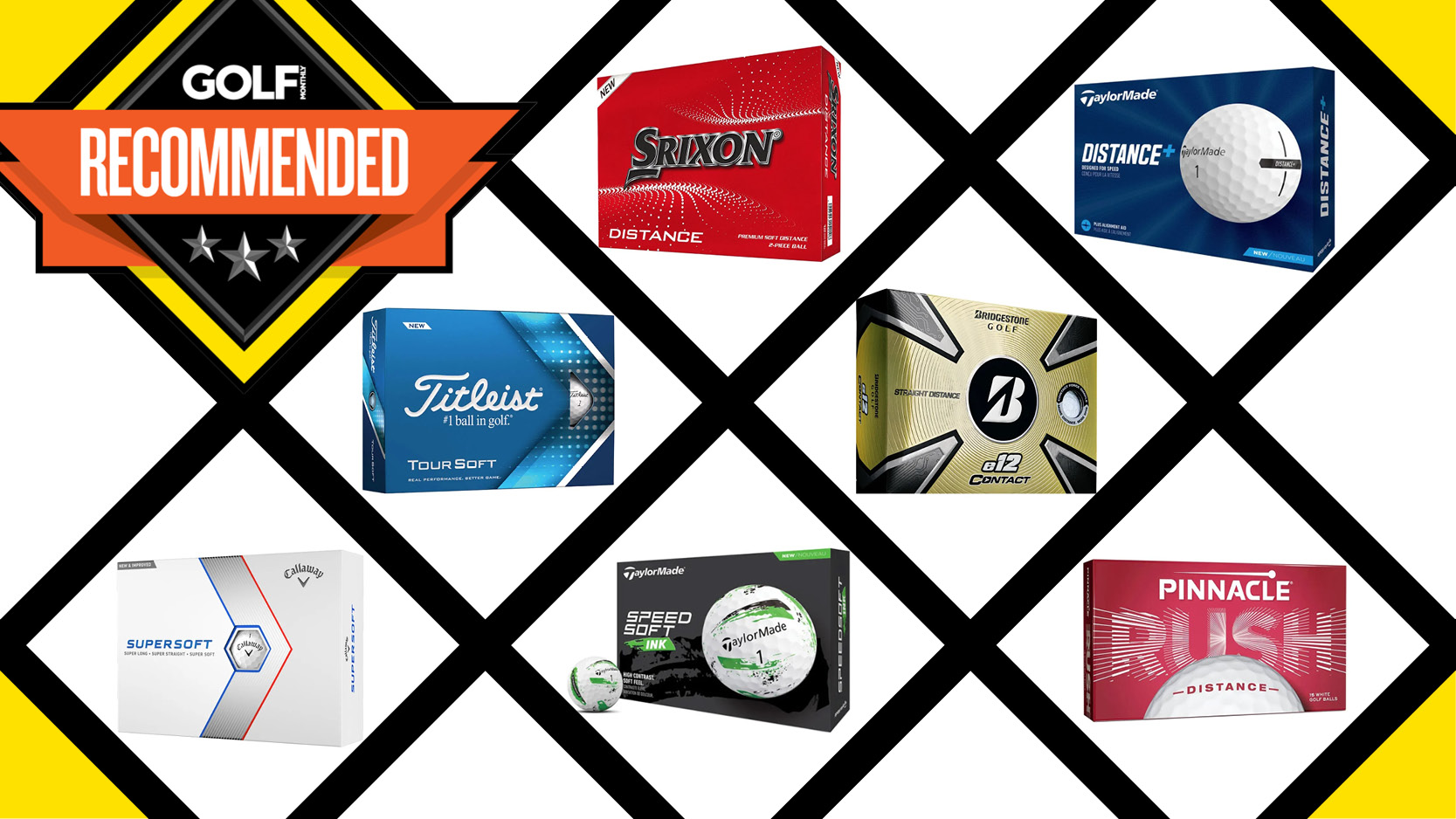
The temperature has a big say in golf ball performance. Playing in colder temperatures means the ball will not fly as far as it would in summer, for example. Even the best golf balls on the market will fluctuate in performance levels when the temperature dips down, a feature worth noting for all players regardless of skill level. If the golf ball itself gets cold it can lead to less velocity and distance off the club-face, too.
We test dozens of new golf balls annually, all year round. From the best premium golf balls to ones dedicated for a firmer feel for winter golf, we've picked some of our favorite options to help you choose your best winter golf ball in this guide.
Some of these balls are also listed on our guides to the best value balls, the best distance balls and the best soft-feel balls. We take into account a variety of factors, one of which being visibility. For example, some balls will be easier to track and find in gloomier weather or when there’s frost on the ground than others.
The Quick List

Our top pick is the Callaway Supersoft, a superbly well-rounded golf ball that suits a wide range of golfers. Considering the more than reasonable price point, it's perfect for winter golf.
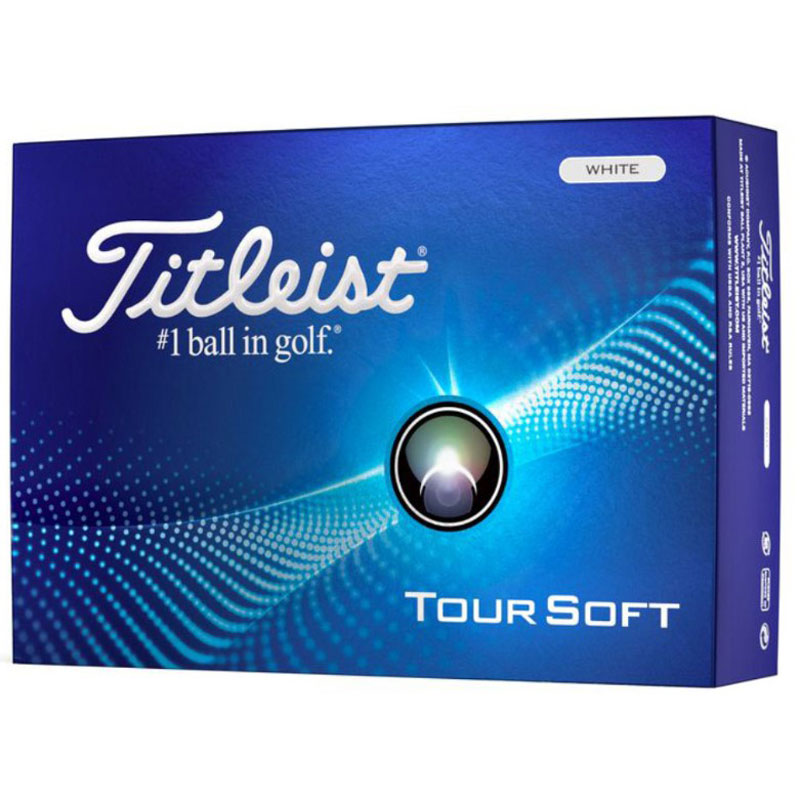
The Titleist 2024 Tour Soft offers really strong performance for a mid-priced golf ball. The new faster core means ball speeds remain high while still providing nice touch and feel for short game shots.
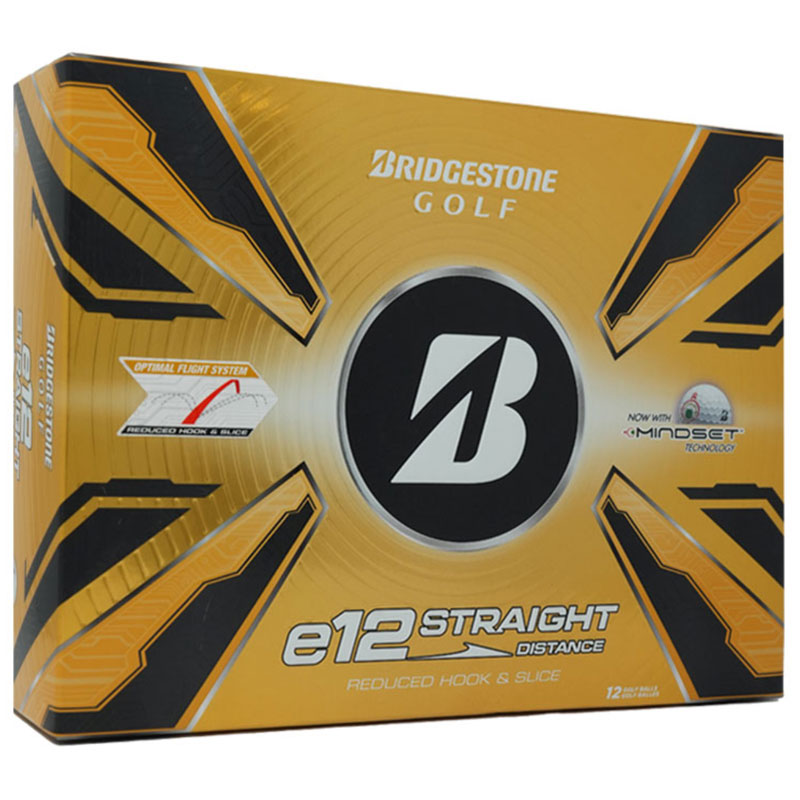
A ball that uses unique technology to help you hit more fairways. It can really quieten down that slice from the tee and the high flight will also benefit those who struggle to launch the ball high enough.
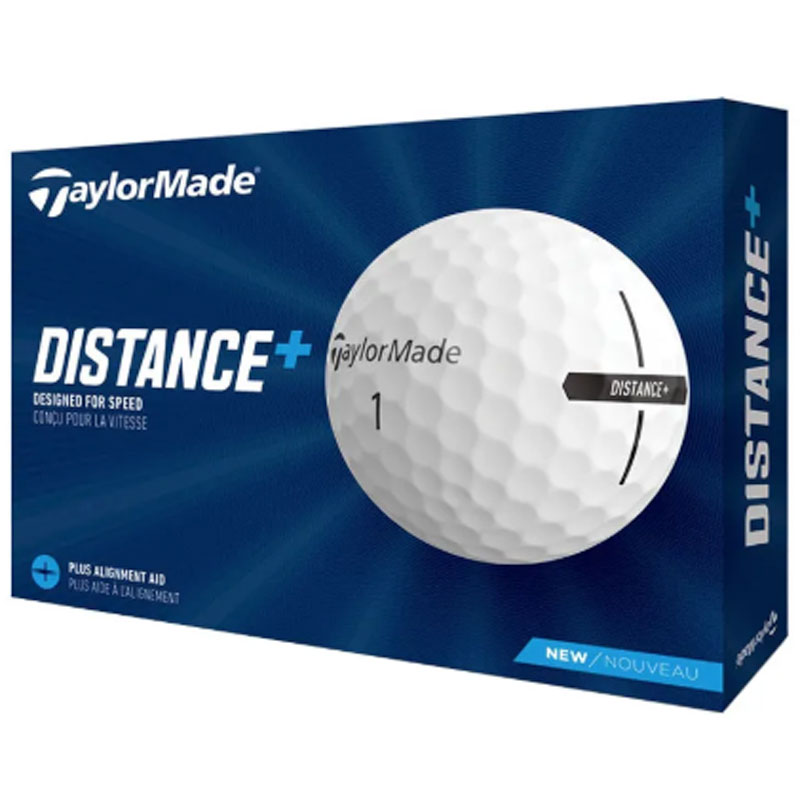
One of the best value golf balls on the market, we love the alignment help provided on the side of the Distance+ which can help golfers of all abilities on the greens.
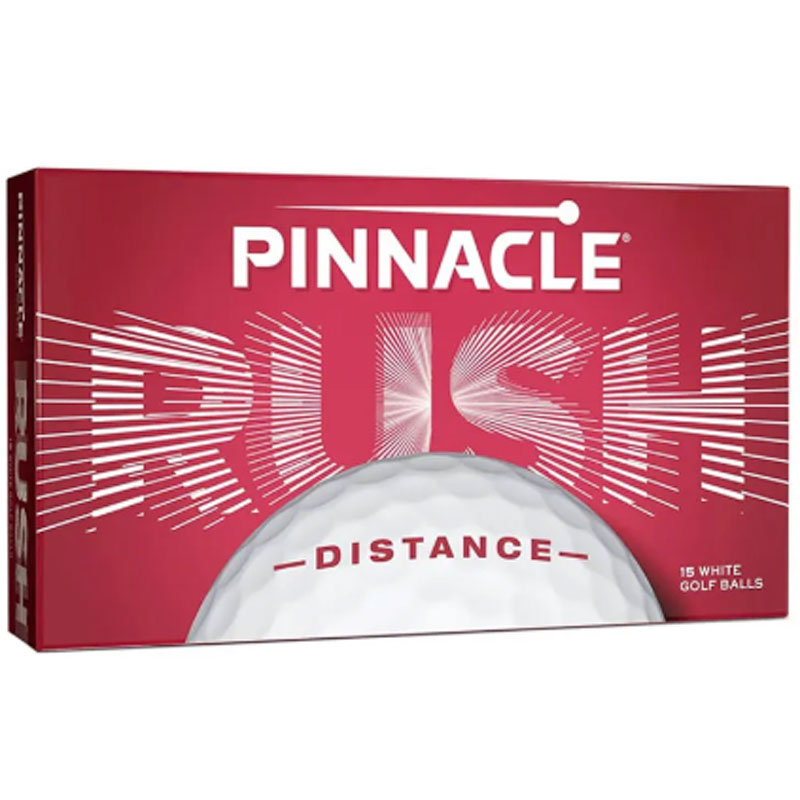
The Pinnacle Rush golf ball presents excellent value for the beginner or higher handicapper who doesn't want to break the bank and is handily available in most high street sports stores in boxes with 15 golf balls included.
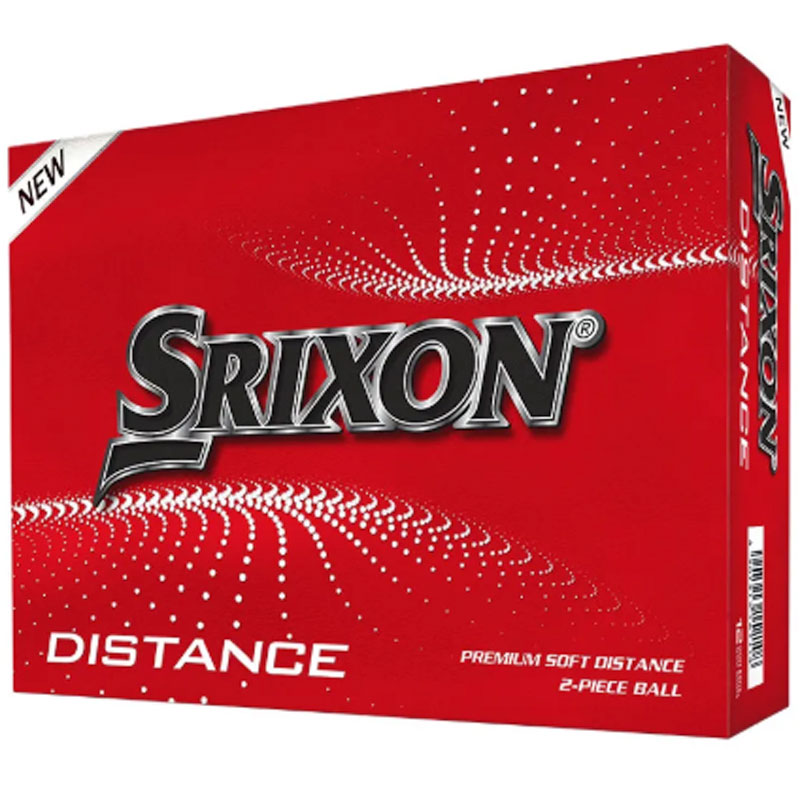
The name gives it away, but the Srixon Distance is a golf ball dedicated to gaining you a few extra yards off the tee and with iron in hand. It also provided a nice feel for pleasant short game shots.
Best Winter Golf Ball
Top pick
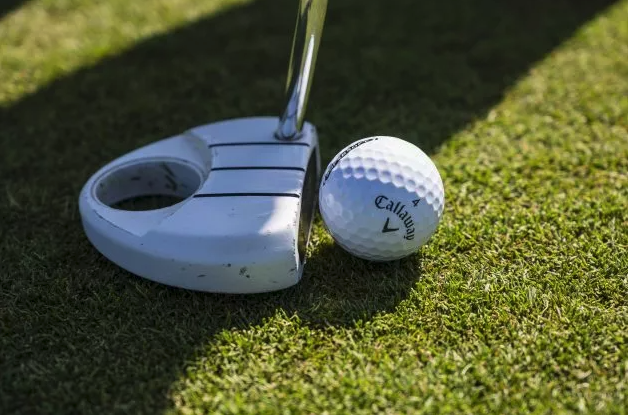
Specifications
Reasons to buy
Reasons to avoid
The brand promised improvements in distance and overall durability of the ball and have delivered that promise in the new Supersoft, making it our top pick for this guide.
It's a low-compression ball suited to players with average swing speeds and can be handy in the winter months when the temperatures are on the low side.
Using their new Paraloid Impact Modifier cover, we saw distance gains in testing while the ball remained durability through multiple rounds of golf. It feels really good around the greens as well with the soft compression core giving us nice feel on chip and pitch shots while also giving us nice, high launch with the driver and fairway woods.
The alignment feature on the side is also a nice feature and can help players of all abilities line up their putts to gain a new edge on the putting surface. You also have five additional colors to choose from other than the traditional white. These are yellow, matte orange, green, pink, and red.
- Read our full Callaway Supersoft Golf Ball Review
Best for short game
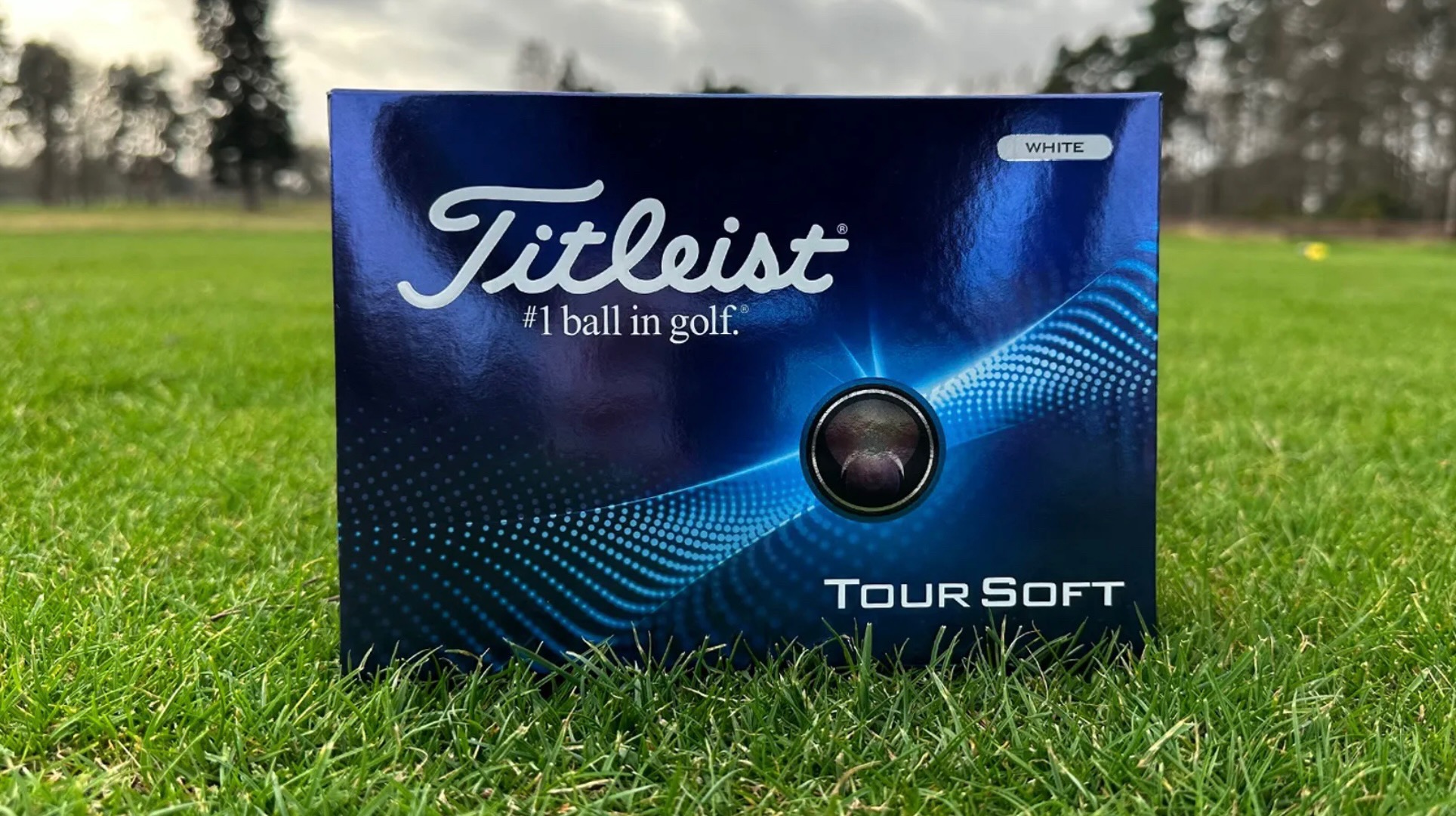
Specifications
Reasons to buy
Reasons to avoid
First impressions are important, right? Some golfers won't care too much about the packaging, but we were really impressed with premium looking of the Tour Soft's packaging - it looks and feels like you're unboxing a top-of-the-line golf ball. Once out of the box and in use, we were impressed by the spin on offer through the Fusablend cover which has specifically designed for short game control. It also gives the balls a nice, bright white finish.
Like the Callaway Supersoft, Titleist provide an alignment feature on the side of the ball which can help you pick your line on the green with confidence. As the name suggests, this is a soft-feeling golf ball with nice feedback at impact - it feels both powerful and easy to control.
Admittedly, it's not as long off the tee as the best premium golf balls, but round the greens, the spin on offer was plentiful, with the overall launch of these golf balls slightly higher. One last point is that the Tour Soft ball proved to be somewhat durable with one ball lasting multiple wedge shots and various holes out on the golf course.
- Read our full Titleist 2024 Tour Soft Golf Ball Review
Best for accuracy
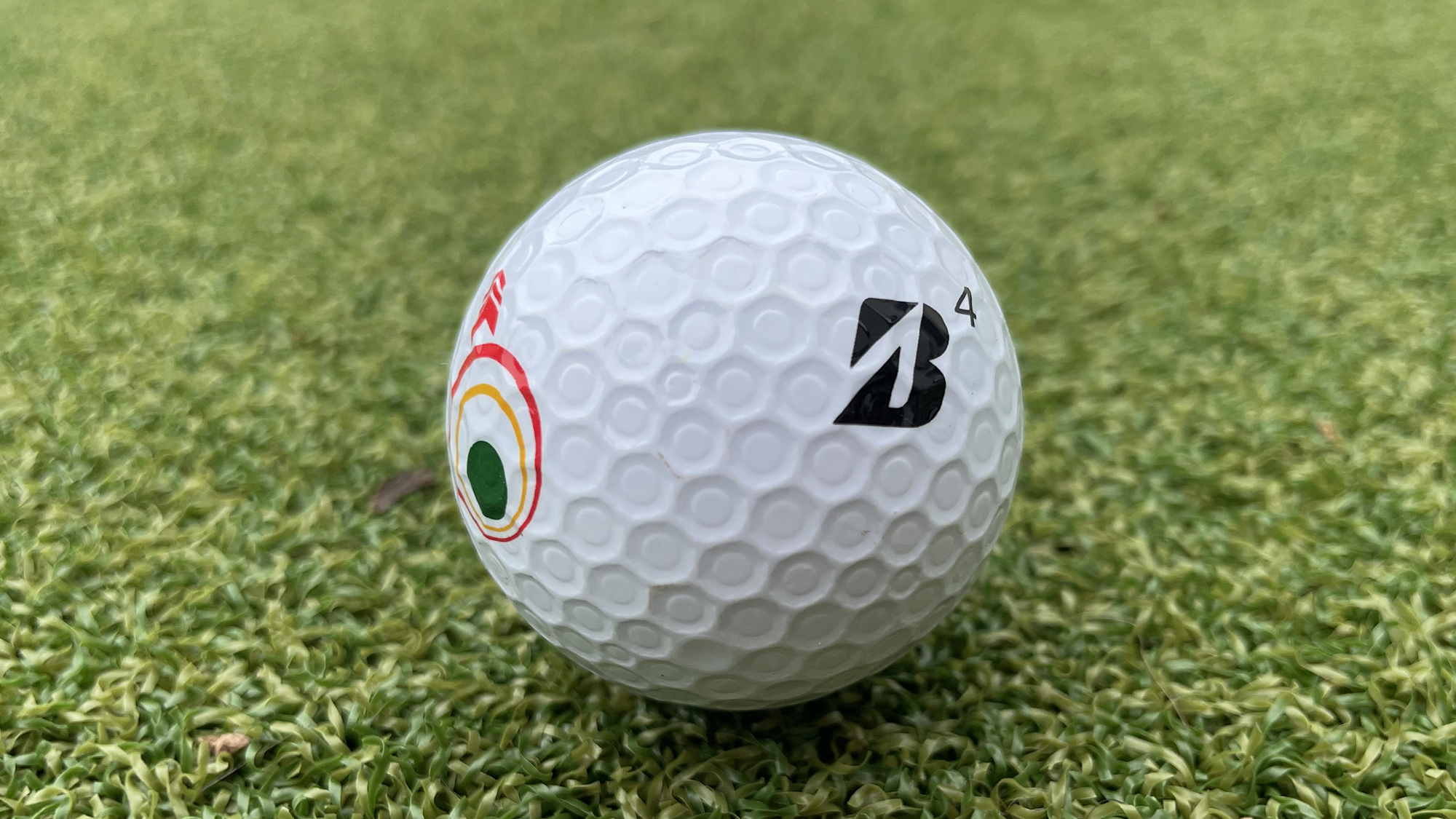
Specifications
Reasons to buy
Reasons to avoid
A golf ball that flies straighter? Yes please...
We think the 'Straight' version of the popular Bridgestone E12 is our pick for the best winter golf ball of the three recently released as part of the latest iteration of the family. Although the E12 Speed and E12 High Launch can also be used for winter golf, the Straight is the one we've included for this guide as we aim to hit as many fairways as possible once the weather gets colder.
The unique dimple pattern on the E12 Straight, along with the new FlexATIV cover and a polymer Active Acceleration Mantle, leads to less sidespin and flight curvature, giving you a better shot at keeping your ball in play. As a result, the E12 Straight did indeed fly straighter than the other models, specifically off the tee and most notably with longer fairway wood shots. All in all, this is an excellent option for the wayward golfer who needs a bit of help keeping the ball on the fairway.
Available in white, matte green and matte yellow, it may not offer any major top level performance compared to some of the other best Bridgestone golf balls, but it isn't too far behind as it still provides a great value options with decent overall performance.
- Read our full Bridgestone e12 Straight Golf Ball Review
Best for alignment
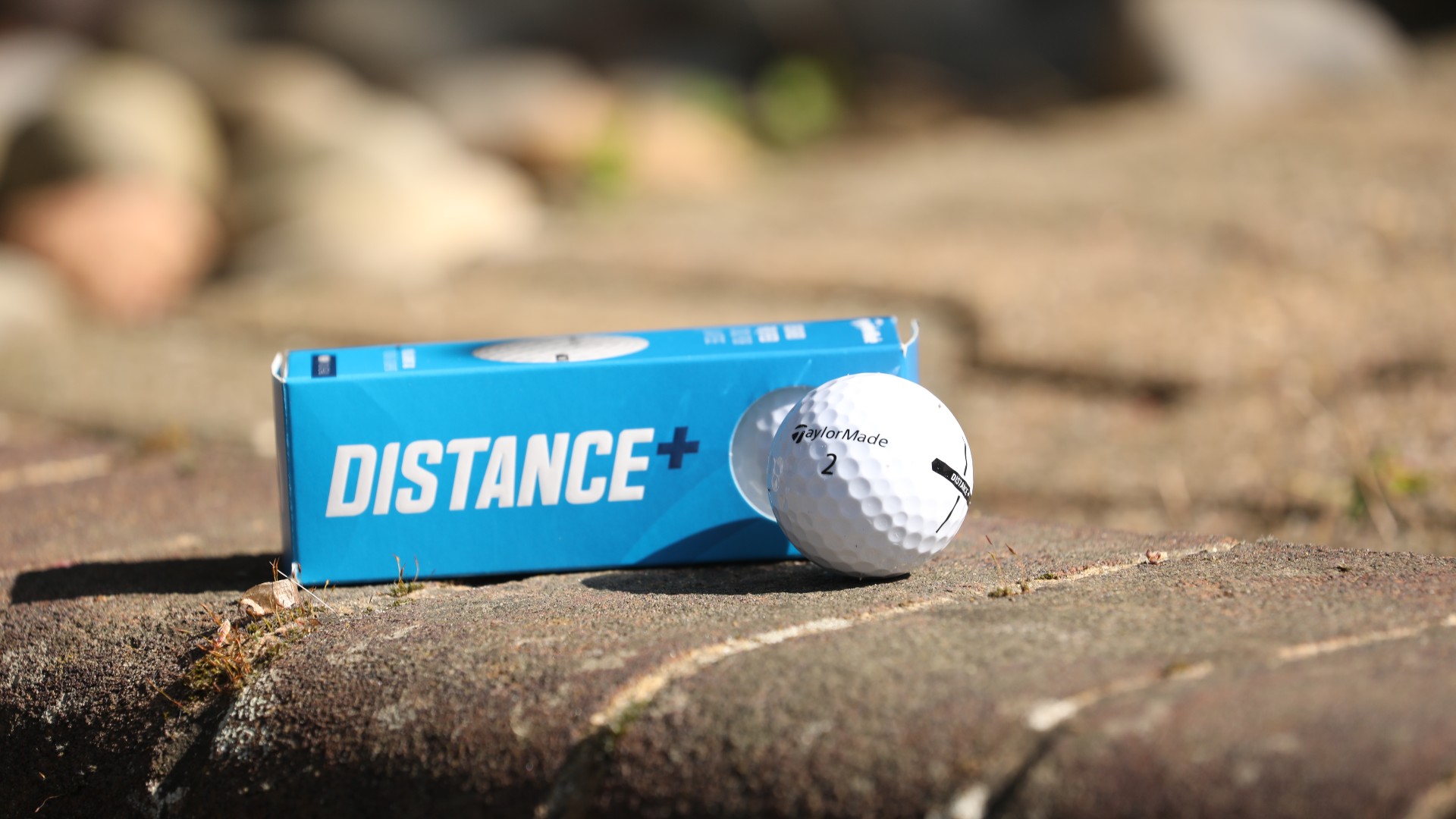
Specifications
Reasons to buy
Reasons to avoid
For TaylorMade's Distance+ ball, speed and distance is the main selling point making it a must for this list. These goals are achieved through its REACT Speed Core and the aerodynamics of the 342-dimple pattern. This pattern delivers low drag but with high velocity when travelling through the air.
If you are looking for distance gains then this is certainly one of the best golf low spin golf balls. The lonomer Core feels soft and provides nice feel for the price point of this ball and the alignment tool on the side of the ball is helpful for short and longer putts. The larger-sized line on the side of the golf ball can help truly any golfer with putter in hand, no matter you ability. It helps you focus more on your target line, helping you envisage the putt as it makes it way to hole before you hit your putt, hopefully leading to more shots successfully dropping into the bottom of the cup.
- Read our full TaylorMade Distance+ Golf Ball Review
Best value
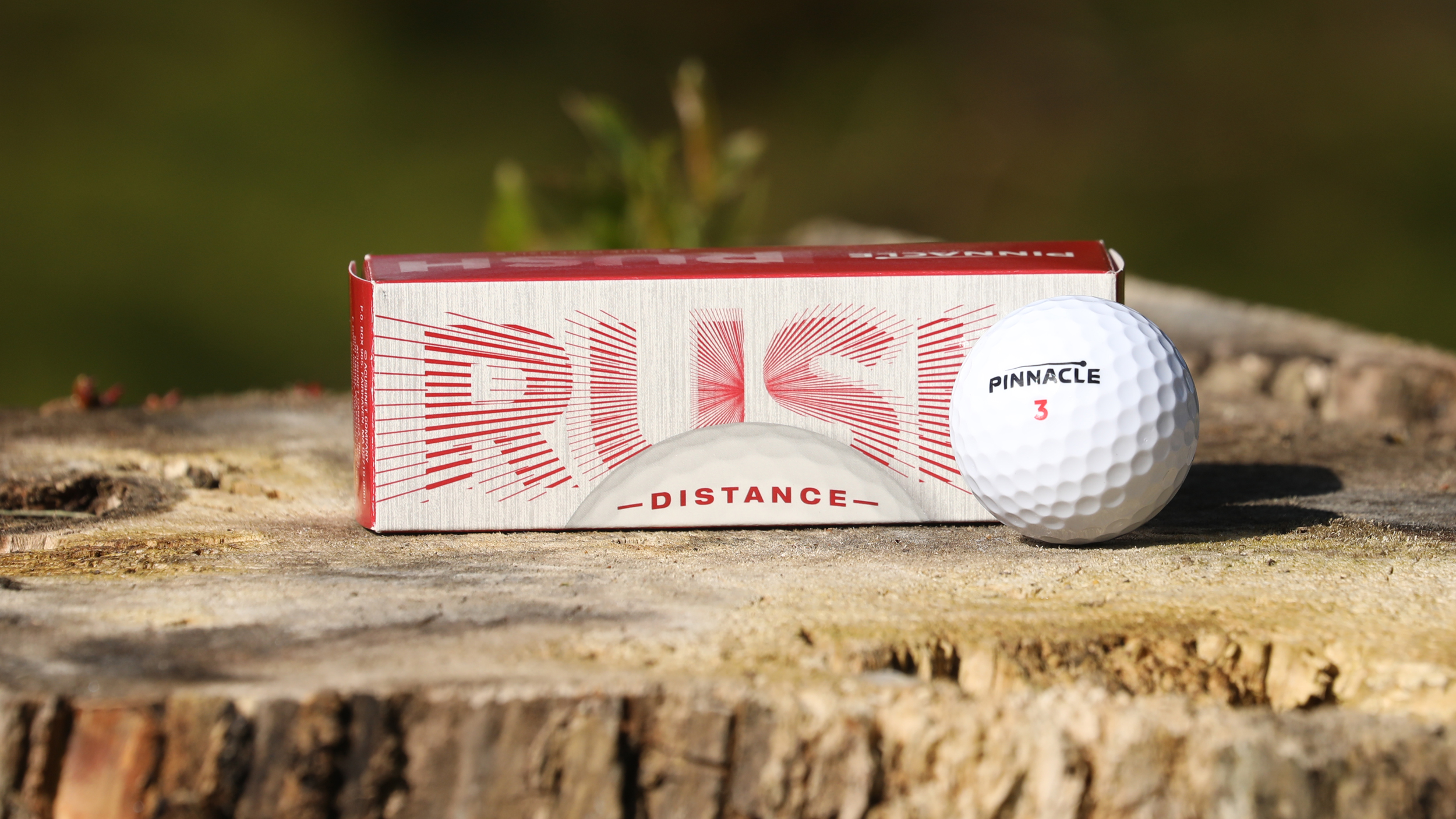
Specifications
Reasons to buy
Reasons to avoid
Likely available in your local high street sports store, the Pinnacle Rush is a great golf ball for players who are new to the game. Typically provided in boxes of 15, it's a great value golf ball that outperforms it's price point.
The high-energy core is the main driving point behind it's performance, allowing players to gain distance through higher ball speeds. Cheaper golf balls can feel a little clicky off the face, but we didn't have this feeling with the Rush during testing - another positive.
The Pinnacle Rush uses an Icosahedral dimple pattern that is comprised of 332 dimples. This is all on a durable Ionomer cover that creates a more consistent ball flight that feels powerful but also has a bit of feel to it around the greens. Given it is distance orientated, it's not the softest ball available today, but a ball at such a price is expected to have some drawbacks.
- Read our full Pinnacle Rush Golf Ball Review
Best for distance
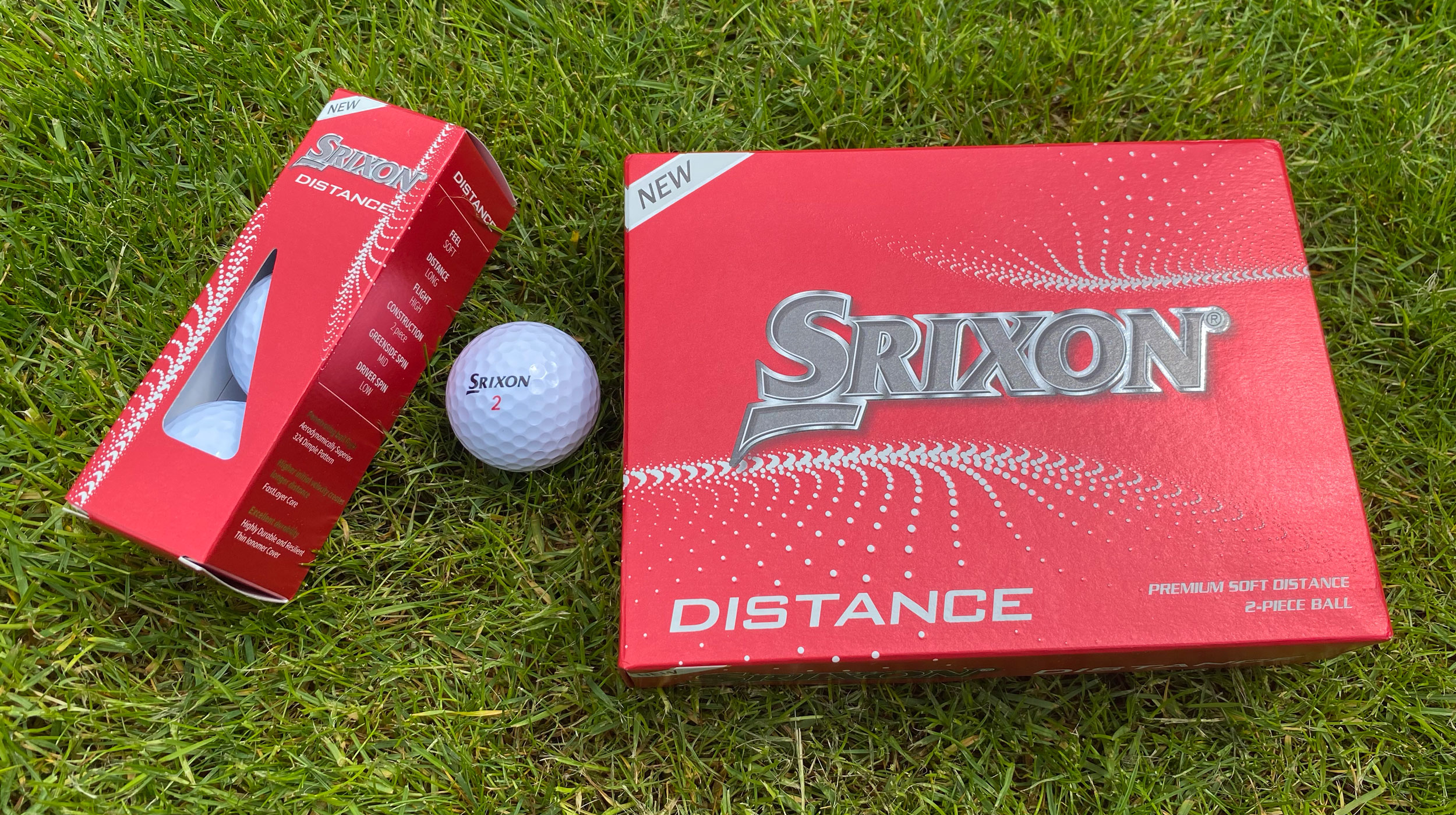
Specifications
Reasons to buy
Reasons to avoid
There's no denying that the Srixon Distance is probably one of the more popular balls from the brands range of premium quality golf balls. Even now, with this newer iteration, Srixon are making little tweaks and updates to the ball to maximize what you are getting. Given the name, you'd expect for plenty of distance whilst using this golf ball and that's exactly what we experienced during testing.
We noticed a softer feel with this version of the ball compared to previous models we have tested. A softer compression meant we got a distance gain thanks to a higher launch angle, while the dimple count (reduced to 108) results in less drag and more lift which will help players playing in cold, windy winter conditions.
Our testers said they saw a good increase to their overall distance and the penetration of the ball in the air when it got windy. Importantly, despite the lower cost, the Distance provides excellent durability, increasing the value for money further.
- Read our full Srixon Distance Golf Ball Review
How we test golf balls
Here at Golf Monthly, our highly experienced team of testers play a lot of golf in different conditions throughout the year. While our gear writers Sam De'Ath and Joe Ferguson head up golf ball reviews on our site, most of the Golf Monthly team have been working in the golf industry for more years than they care to remember, so have a wealth of experience to offer. Through our rigorous testing procedures, our collective goal is to test every golf ball model on the market as soon as it becomes available to us, putting in the hours in all weathers out on the golf course, the practice ground, the short-game area, the practice bunker and the putting green.
We pride ourselves in our reviews at Golf Monthly because they are made by golfers, for golfers. We've reviewed thousands of products over the years, meaning we've seen all there is to see in the golf equipment market. Ultimately, our testing process has been honed through decades of experience with the same goal in mind - to give you, the golfer, a fair honest review to help you find the right equipment for your game.
No brand gets better treatment than another, nor can a manufacturer 'buy' a good review - we simply call it how we see it!
How to choose golf balls
1. Soft or firm?
The best premium golf balls come in alternative versions that spin slightly less for players who prefer a firmer feel or more control off the tee. We recommend you try both kinds from various distances to find your preferred feel. Particularly when it comes to wet weather golf, you may want to consider how the feel of the golf ball might change in colder conditions.
2. Cover material
Urethane-covered balls offer the best spin control and feel but do cost more. Experiment with each to see if you notice enough of a difference to justify the extra cost, or whether the best mid-price golf balls might be an option. Again, as the temperature can have an impact on the ball, it's best to test each type of ball that you want to use to see how that golf ball responds when you play it.
3. Long game or short game?
If you don't want to pay the premium price tag for high-end golf balls, you'll likely have to make a bit of a sacrifice when it comes to golf club performance. This raises the question of what do you value more - distance off the tee and fairway or control around the greens?
If you value the former then check out our guide to the best distance golf balls; if you put a real premium on feel, perhaps our best soft feel golf balls guide might be a good next step.
4. Color/visuals
It's important to get a golf ball that is pleasing to your eyes. The traditional golfer will like the original white golf ball, but a growing number of players like to spice things up with the increasing number of balls with neat designs or different colors. Have a look at them all before deciding what you like.
5. Budget
If you lose three or four golf balls a round or are new to the game, it might not be the wisest decision to buy premium golf balls given the price. At the same time, if you're a single figure handicap, buying that Pro V1 and TP5 golf ball could be a wise investment to do justice to your skill level. Thankfully, given the number of options out there, there is a very wise range of golf balls across all different price points.
Whether you're looking for the best soft feel golf balls, the best golf balls for slow swing speeds or even the best glow in the dark golf balls, we've got you covered with our extensive product guides.
FAQs
How does cold weather affects golf ball distance?
There has been a lot of research by many people and brands around this question. The main way cold weather affects distance is in the golf ball not traveling as far because the air is denser, and there is additional drag on the ball. According to Titleist research, a golfer will experience an approximately 1.5 percent drop in distance for every 20-degree drop in temperature. If you carry your driver 250 yards, that 1.5 percent drop equates to 3.75 yards.
According to Trackman, the difference is approximately one yard of carry for every 10-degree change in temperature. Additionally, it should be noted that the cold weather can also impact how far the ball goes because of how your body has reacted to the cold, and how wearing more layers can limit movement throughout the swing. This can also impact distance.
Should you use a different golf ball in winter?
That depends on personal preference. If you feel like you need a little more distance in the cold weather due to the softer ground, then perhaps look for a slightly firmer, lower spinning ball to help you carry the ball further.
How do I know what golf ball is best for me?
That is about trial and error. Testing a range of golf balls out on the course that are attributable to your skills as a golfer is the only way you will figure out which ball is best for you. Perhaps if you're a high-handicapper or a beginner then a game improvement ball may be best. But if you're looking to break into single figures then a performance golf ball may be the right option for you.
Subscribe to the Golf Monthly newsletter to stay up to date with all the latest tour news, equipment news, reviews, head-to-heads and buyer’s guides from our team of experienced experts.

Sam has worked in the golf industry for 14 years, offering advice on equipment to all levels of golfers. Sam heads up any content around fairway woods, hybrids, wedges, putters, golf balls and Tour gear.
Sam graduated from Webber International University in 2017 with a BSc Marketing Management degree while playing collegiate golf. His experience of playing professionally on both the EuroPro Tour and Clutch Pro Tour, alongside his golf retail history, means Sam has extensive knowledge of golf equipment and what works for different types of golfers.
- Sam TremlettSenior E-commerce Editor
- Joe FergusonStaff Writer
- Conor KeenanGear & Ecommerce Writer